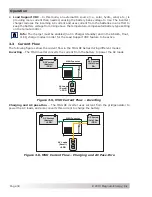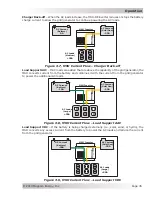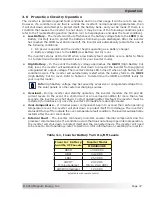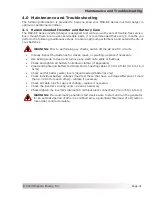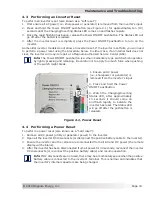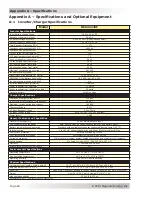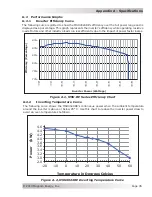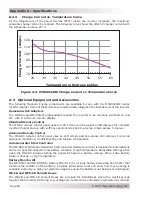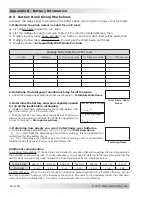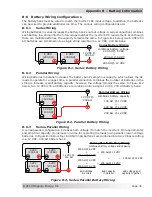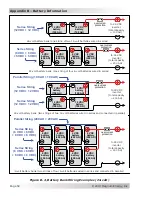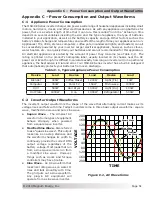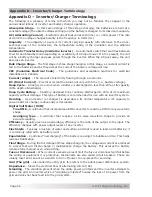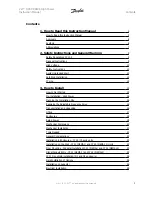
©
2013 Magnum Energy, Inc.
Page 48
Appendix B – Battery Information
B-5 Battery Bank Sizing Worksheet
Complete the steps below to determine the battery bank size required to power your AC loads.
1. Determine the daily power needed for each load.
a) List all AC loads required to run, then
b) List the wattage for each load (see Table C-1 for common loads/wattage), then
c) Multiply by how many hours per day (or a fraction of an hour) each load will be used, then
d) Multiply by how many days per week you will use the listed loads, and
fi
nally
e) Divide by seven =
Average Daily Watt-Hours Per Load
Average Daily Watt-Hours Per Load
AC load
Wattage
(x) Hours per day
(x) Days per week (
÷
7) = Total power
4. Determine how deeply you want to discharge your batteries.
•
Divide the
Storage Amp-Hours
by 0.2 or 0.5 to get the
Total Amp-Hours
:
a) 0.2 = Discharges the batteries by 20% (80% remaining), this is considered the
optimal level for long battery life; or
b)
0.5 = Discharges the batteries by 50% (50% remaining), this is considered a
realistic trade-off between battery cost and battery life
2. Determine the total power needed each day for all the loads.
• Add all the
Average Daily Watt-Hours Per Load
together =
Total Daily Watt-Hours
.
Total Daily Watt-
Hours
Total Amp-Hours
3. Determine the battery amp-hour capacity needed
to run all the loads before recharging.
• Divide the
Total Daily Watt-Hours
by the nominal battery volt-
age of the inverter (i.e., 12, 24 volts), then
Multiply this by how many days the loads will need to run
without having power to recharge the batteries (typically 3 to
5 days of storage) =
Storage Amp-Hours
x
___
=
(days of storage)
÷
___
=
(inverter battery voltage)
Temperature
80F/27C
70F/21C
60F/15C
50F/10C
40F/4C
30F/-1C
20F/-7C
Multiplier
1.00
1.04 1.11
1.19
1.30
1.40 1.59
Additional compensation
Low battery temperature: If the batteries are installed in a location that will be exposed to low temperatures,
the available output will be less. In these instances, you will need to determine the lowest temperature the
battery bank will experience and multiply the
Total Amp-Hours
by the multiplier below.
Inverter ef
fi
ciency: When the inverter is used in a back-up power application the inverter ef
fi
ciency will not
be a large concern; however, if the inverter is the primary AC source for the calculated load, the
Total Amp-
Hours
should be multiplied by 1.2 to factor in an average 80% inverter ef
fi
ciency.

